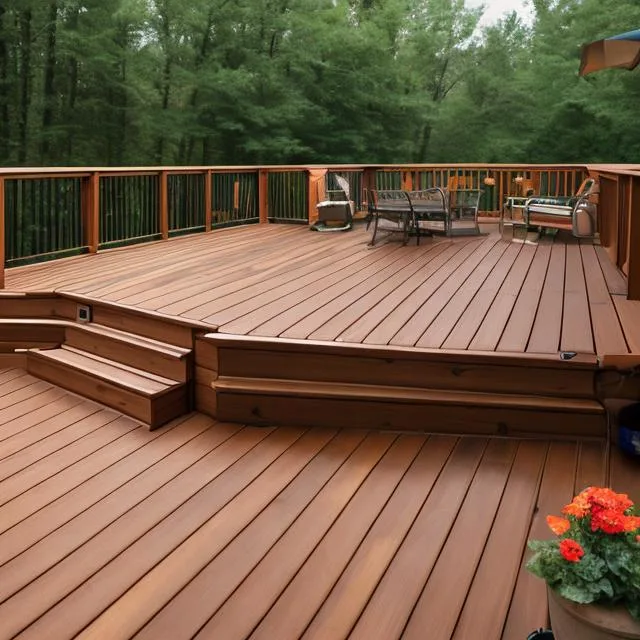Home » Garden » Outdoor Living » How to Waterproof a Deck Over Living Space?
A deck can be a wonderful addition to your home, providing a comfortable outdoor living space for relaxation and entertainment. However, if your deck is located over living space, proper waterproofing is essential to prevent water damage and leaks that could compromise the structural integrity of your home. In this comprehensive guide, we'll walk you through the steps on how to waterproof a deck over living space, ensuring it remains a functional and dry extension of your home.

Water is one of the most destructive forces when it comes to buildings. Without proper waterproofing, rain, snow, and moisture can infiltrate your deck's surface, leading to a range of problems, including:
Structural Damage: Water can penetrate the deck's substrate, causing wood rot, corrosion of metal components, and deterioration of concrete or other materials.
Interior Damage: If your deck is situated above living space, water intrusion can lead to costly interior damage, including ceiling stains, mold growth, and compromised insulation.
Decreased Property Value: Water damage can significantly reduce the value of your home and make it less appealing to potential buyers.
The effectiveness of your deck's waterproofing largely depends on the type of system you choose. Here are some common options:
Waterproof Membranes: These are flexible sheets or coatings that create a continuous barrier against water. They are especially effective for decks over living space and can be applied to various substrates, including concrete and wood.
Deck Coatings: Deck coatings are typically thick, rubberized products that create a seamless, waterproof surface. They are durable and provide excellent protection against moisture.
Deck Sealants: Sealants are applied to the surface of the deck to fill cracks and create a water-resistant layer. They are less expensive than membranes or coatings but may require more frequent maintenance.
Under-Deck Systems: These systems consist of a network of channels and panels installed beneath the deck to divert water away from the living space. While they don't waterproof the deck surface itself, they prevent water from infiltrating the space below.
Properly waterproofing a deck over living space is essential to protect your home from water damage and ensure the longevity of your outdoor living area. Whether you choose a waterproof membrane, deck coating, or another system, meticulous preparation and regular maintenance are key to a successful waterproofing project. By taking the time to waterproof your deck correctly, you'll create a comfortable and durable outdoor space that enhances your home's value and your quality of life.
Disclaimer: This article contains sponsored ads and affiliate links. Research and make informed decisions before engaging with advertised products/services.
©2023. Homereviewsclub. All Rights Reserved.